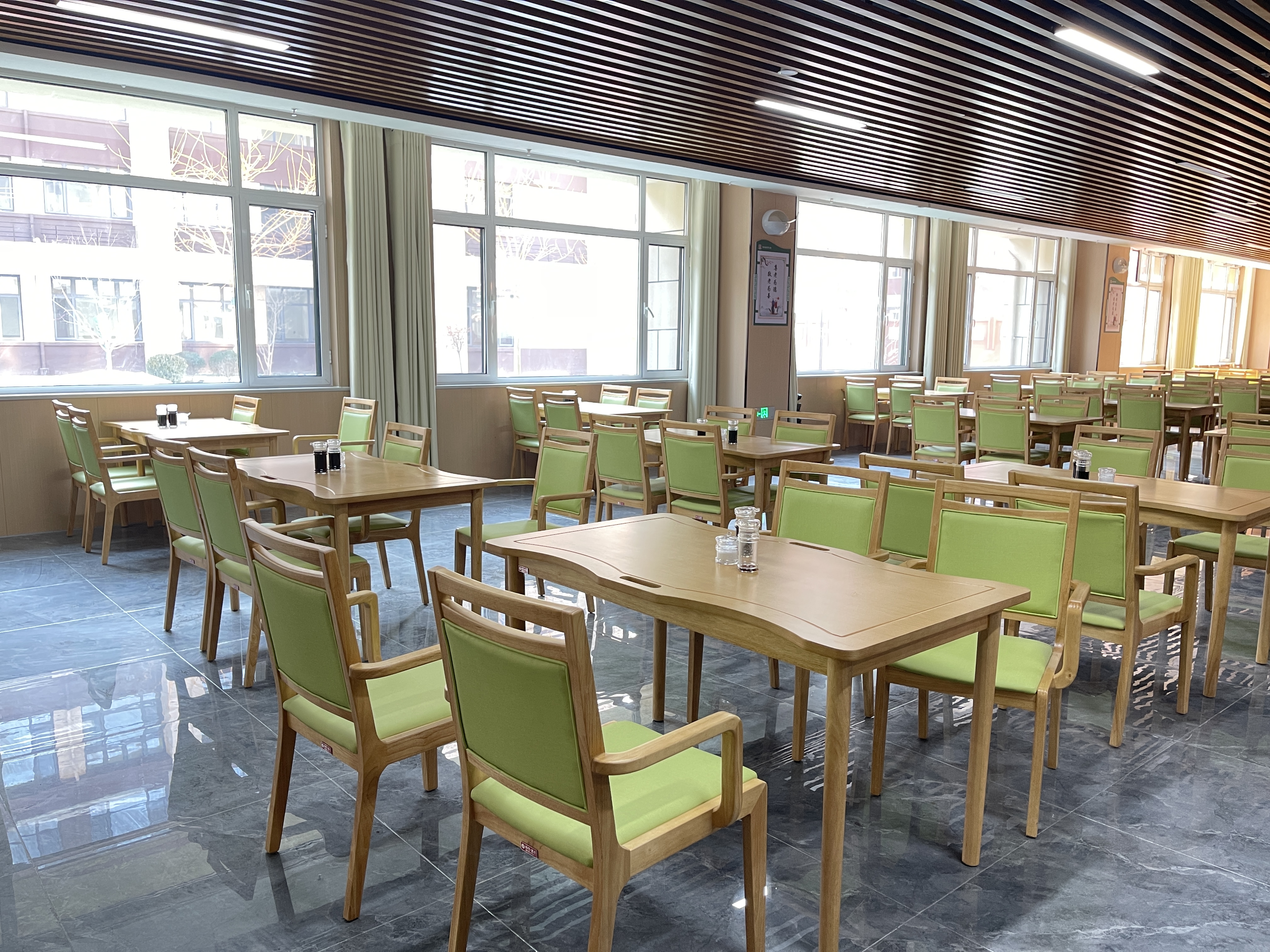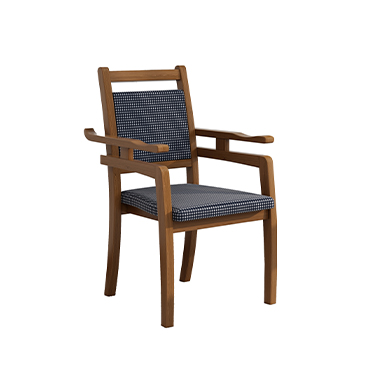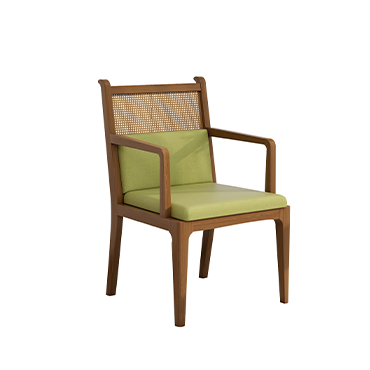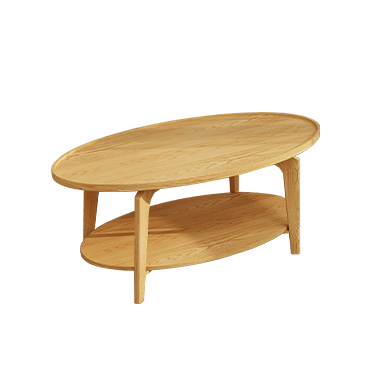Ideal Elderly Care Furniture to Meet Senior Needs

As the issue of an aging population becomes increasingly prominent, the daily needs of the elderly are receiving more and more attention. Elderly care furniture, as an essential component in improving seniors' quality of life, should possess comfort, convenience, safety, and aesthetics to meet their daily needs. So, what characteristics should truly suitable elderly care furniture have?
1.Comfort
As seniors' physical functions gradually decline, their requirements for furniture comfort increase. Therefore, elderly care furniture should provide good support and moderate softness. For example, chairs should be wide with sufficiently high backrests to effectively support the waist and neck, reducing discomfort from prolonged sitting. The surface materials should be soft and skin-friendly to enhance comfort, while seat cushions should have appropriate resilience to offer adequate support.
2.Convenience
Since seniors have slower mobility, furniture design should fully consider ease of use. For instance, chairs should have a moderate height to facilitate sitting and standing, and furniture should be equipped with sturdy armrests and handles for additional support. Furthermore, smart functions, such as adjustable-height beds and remote-controlled lift chairs, can significantly enhance the user experience for seniors.
3.Safety
Safety is one of the most crucial aspects of elderly care furniture design. The structure should be stable to prevent tipping or slipping, reducing the risk of falls. Additionally, materials should be environmentally friendly and non-toxic, avoiding harmful substances that could affect seniors' health. Moreover, furniture edges should be rounded to minimize injuries from accidental bumps.
4.Aesthetics
Elderly care furniture should not only be practical but also visually pleasing to enhance the warmth of the home environment. The design should be simple and elegant, avoiding overly complex decorations. Color schemes should be soft and bright to create a comfortable and relaxing atmosphere. Meanwhile, furniture styles can incorporate both traditional and modern elements to cater to different seniors' aesthetic preferences.
Conclusion
An ideal piece of elderly care furniture should balance comfort, convenience, safety, and aesthetics to meet the multifaceted needs of seniors and improve their quality of life. In the future, as technology and design concepts evolve, elderly care furniture will become even more intelligent and user-friendly, providing seniors with a more convenient and comfortable home experience.





